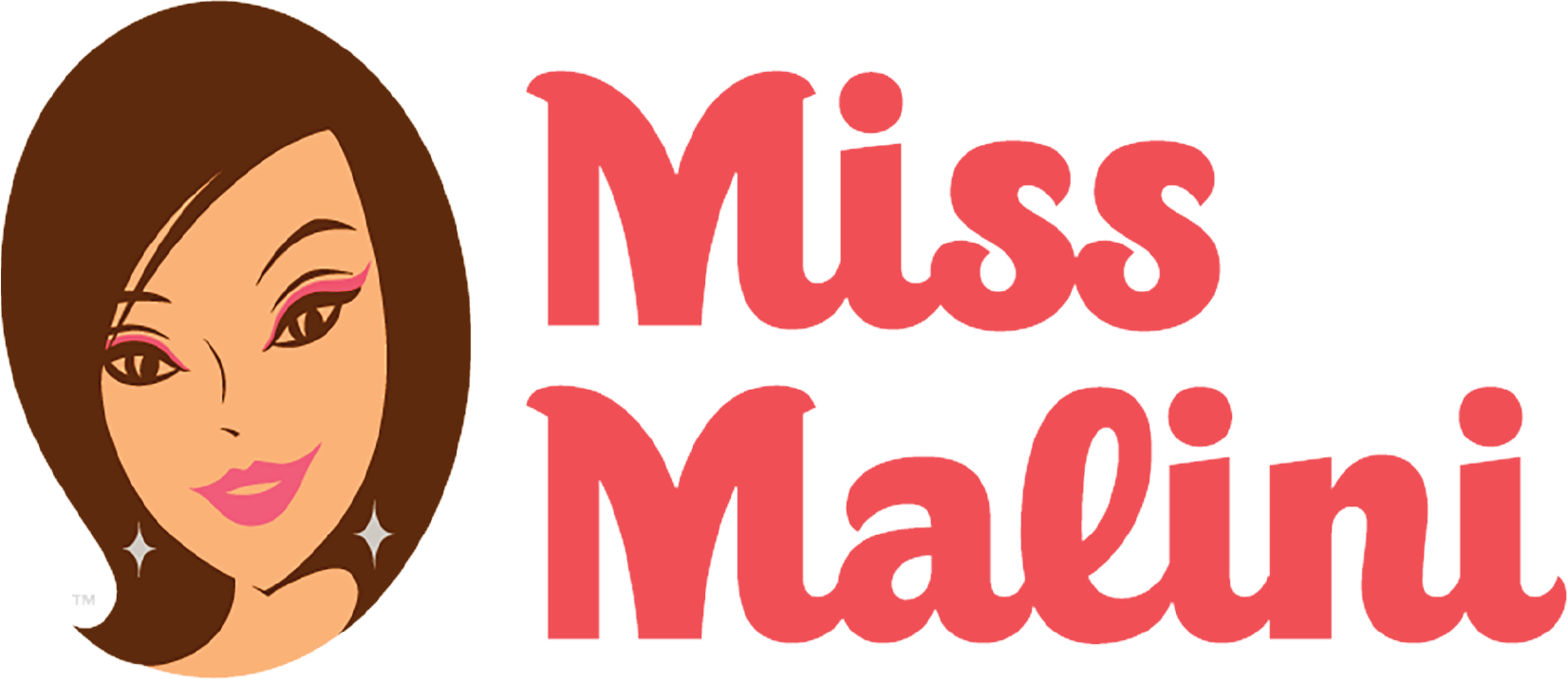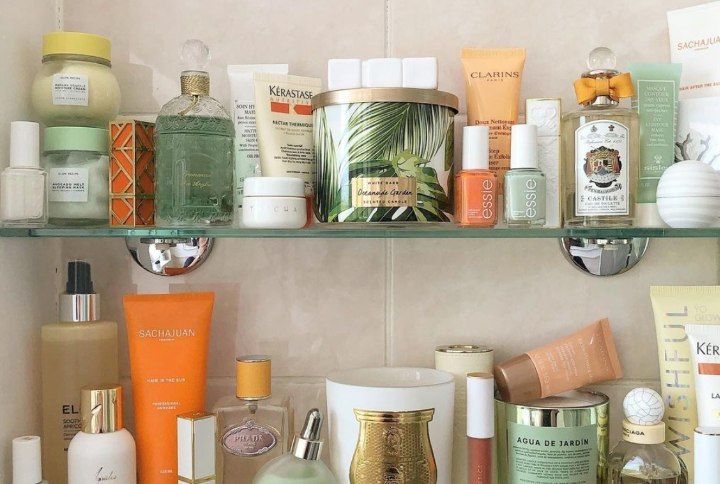Whether you are looking for a new cleanser, moisturiser, serum or even makeup products, looking at the beauty label is an important step to selecting the right product. Reading the label can really tell you everything you need to know about ingredients, skin type and more insight into the formulation process. However, they can be really confusing at times. No matter how much you educate yourself or google the terms, every day there’s an ever-growing list of beauty trends and buzzwords. But it’s paramount to understand a lot of key terms if you’re spending all your hard-earned money on products that are meant to help your skin look its best or even if it adheres its something you’re concerned about. Especially if you have sensitive skin and/or are looking for certified organic and vegan products.
So if you ever needed help decoding the labels on your products we’re here to break it down for you. If you’ve been into skincare for a while you might have already heard terms like clean, sulfate-free, paraben-free and so on thrown around a lot. So today we are shifting our focus on logos words, phrases and ingredients you should know. Consider this your easy guide to beauty labels.
Keep scrolling to check out your cheat sheet to understanding beauty label terms:
1. Hypoallergenic
If you have sensitive skin this is the one term you need to be on the lookout for. Products that are labelled hypoallergenic claim to be less likely to cause an allergic reaction compared to other cosmetic products. However, this does not mean that they absolutely will not give you an adverse reaction. The truth is that there is no universally hypoallergenic cosmetic! So if you have sensitive skin you should be cautious and do a patch test on the inside of your wrist or consult a dermatologist before applying it to your face. The best way to protect yourself from an allergic reaction is to know what exactly you’re allergic or sensitive to before use and check the ingredient list before purchasing.
2. Non-comedogenic
Anyone with oily skin, acne skin or just plain prone to breakouts usually will prefer non-comedogenic products. This means that the product does not contain any ingredients that likely to clog up the pores. Usually, this means less oil and more lightweight formulas. Non-comedogenic products come in a variety of formulas including makeup, skincare and sunscreens. If you’re conscientious about taking care of your skin you know how vital it is to keep it free of dirt and oil in order to avoid clogged pores that can otherwise increase the chances of getting acne.
3. Natural Fragrances
You probably already know that Parfum or fragrances aren’t always the best choice in beauty products. However, alternatively, the term natural fragrances have popped up a lot. So how can you tell me the difference? Well, products that contain natural fragrances are constructed with natural, raw materials like isolates. Isolates are substances that have been naturally isolated from a botanical, also known as essential oils. Natural fragrances fade quickly compared to their synthetic counterparts.
4. Unscented
When you see the term unscented you might automatically presume that the product doesn’t contain any fragrance, however, this is not the case. If a product is without Parfum it would be labelled fragrance-free. Unlike fragrance-free formulas, unscented products still may contain chemicals used to mask the original scent of the formula. This works similar to when a fragrance is added to cover up or create a more pleasing scent. So this makes the product scent-free but not fragrance-free. These products are only ideal if are not sensitive to fragrances in general but prefer scent-free makeup or skincare.
5. Broad Spectrum
By now we all understand the importance of sunscreen but it has its own long list of jargon too. Essentially, when shopping for your sunscreen you should select one that has a formulation of broad-spectrum SPF. This means it protects your skin from two primary types of UV rays from the sun, UVA and UVB. UVA rays are primarily responsible for causing premature ageing and causing wrinkles and hyperpigmentation. While UVB rays can burn your skin and is most responsible for skin cancer. Fortunately, almost all modern sunscreens are broad-spectrum, so it should be easy enough to find many options that adhere to this.
6. Vegan
While you might understand what vegan beauty is, it’s important to make sure that products claiming to be vegan are actually certified. Just because the cruelty-free logo is printed on does not ensure it’s vegan. For a product to be considered vegan, it must not contain animal products or by-products and not be tested on animals. Always look for the Vegan Action or Vegan Awareness Foundation logos that certify that a product is formulated with vegan ingredients.
7. Ecocert
This is one certification you want to be aware of when looking at organic makeup and skincare products. Ecocert is a French organic certification organisation, based in Europe that conducts inspections in over 80 countries. If it has an Ecocert logo, it means it has been inspected by one of the highest respected organizations that determine if a product is organic.
8. PAO symbol
The period after the opening symbol is an important logo that needs to print on every single perishable product you encounter. It’s the open jar symbol with a number and the letter ‘M’ written inside or underneath it. The M stands for months and the number together represents how many months to use it before it’s considered expired, once the product is open. Following the expiration dates is important with skincare and makeup as if you continue to use it after you may be applying a higher concentration of potentially pore-clogging oil and bacteria to your skin.
Alternatively, certain products have a shelf life where regardless if it’s open or not they can expire by a certain date. This particular date is usually found attached to the batch or lot number which is located at the bottom of the bottle. Always lookout for this before purchasing your products.
9. Cruelty-Free
If you’re looking for a beauty product that’s cruelty-free and not tested on animals, look out for the leaping bunny logo that’s issued by Cruelty-Free International. These products are much gentler on the skin is globally recognized as cruelty-free and has gone through a variety of rigorous testing. To make sure it’s legit always check the label for the official logo associated with Cruelty-Free International.
10. Dermatologist and Clinically Tested
When we see the phrase dermatologist tested and approved or even clinically tested it instils confidence in the product since it indicates a stamp of approval from an expert. However, it doesn’t always hold as much weight as you would think. Many brands do testing for safety and efficacy before releasing a product and it can be very biased. When dermatologists come into the mix that just means they reviewed the clinical data and ingredients before the product was brought to the market. Which doesn’t bring much concern to the aesthetics or effectiveness of the product itself. So it’s always better to take these claims with a grain of salt.
What beauty label lingo confuses you the most? Let us know in the comments below.
Join Malini’s Girl Tribe to be a part of the conversation.

